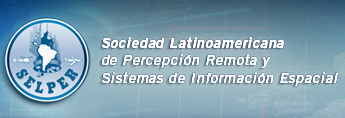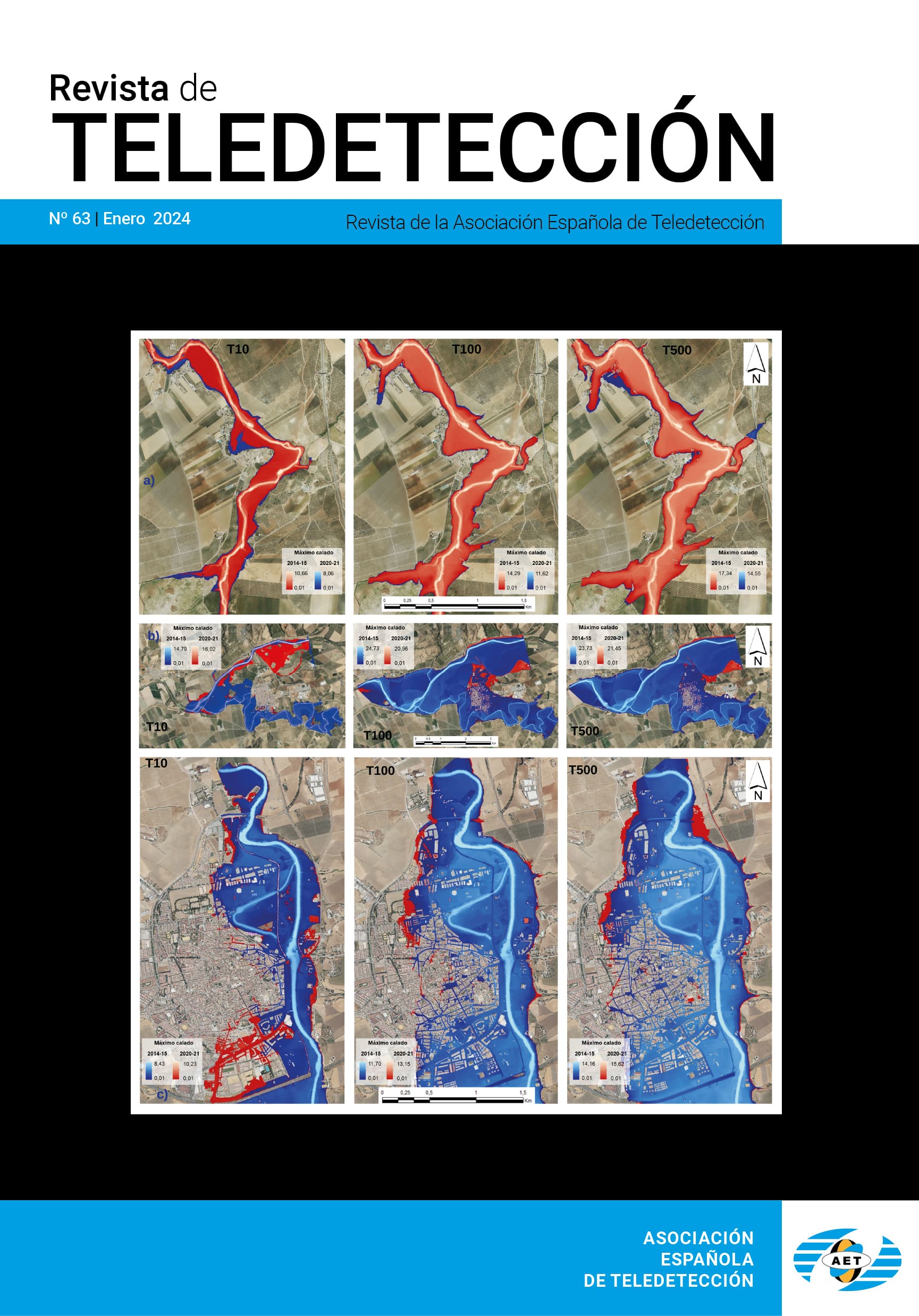Estudio de la variación angular de la emisividad del crudo para la identificación de vertidos marinos en el infrarrojo térmico
R. Niclòs, (Raquel.Niclos@uv.es)
C. Doña, M. Bisquert, E. Valor, y V. Caselles
RESUMEN
El propósito del trabajo fue la caracterización experimental de la variación espectral y angular de la emisividad de crudo y agua de mar en el infrarrojo térmico (TIR) con el fin de mejorar la capacidad de identificación de vertidos en mar a partir de imágenes TIR de satélite. Los resultados muestran que la emisividad del crudo es inferior a la del agua de mar, se comporta como un cuerpo gris entre 8-13 μm y decrece acusadamente con el ángulo de observación, incluso más que la del agua de mar. Los resultados experimentales fueron contrastados haciendo uso de la capacidad biangular del ENVISAT-AATSR.
Palabras Clave:emisividad, infrarrojo térmico, crudo, agua de mar, vertido.
ABSTRACT
The paper purpose was to carry out experimental measurements to characterize the spectral and angular variations of crude and seawater emissivities in the thermal infrared (TIR) region with the aim to improve the capability of crude oil slick identification from satellite TIR imagery. The results showed that crude emissivity is lower than seawater emissivity, behaves as a greybody in the 8-13 μm atmospheric window, and has a marked emissivity decrease with angle, even higher than that of seawater. The experimental results were checked by using the dual-angle viewing capability of the ENVISATAATSR.
KEYWORDS: emissivity, thermal infrared, crude, seawater, oil slick.
PULSE AQUI PARA DESCARGAR EL ARTÍCULO COMPLETO








